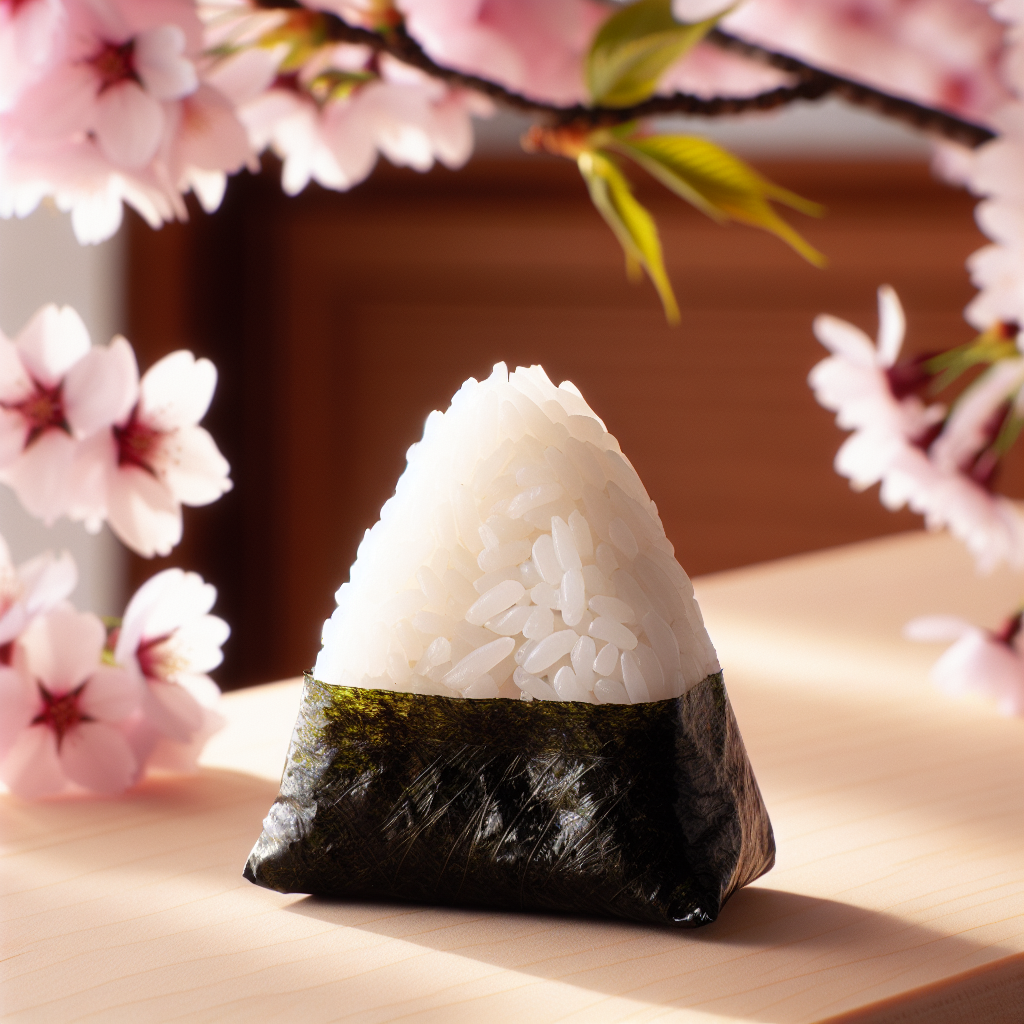Onigiri: The Humble Rice Ball That Conquered The World
Onigiri, a traditional Japanese rice ball, has gained global recognition, even entering the Oxford English Dictionary. Famous for its versatility and simplicity, it epitomizes 'washoku,' Japan's UNESCO-listed cuisine. Various fillings and methods make it a beloved fast food and comfort dish worldwide.

- Country:
- Japan
The humble onigiri, Japan's iconic rice ball, has made its way into the Oxford English Dictionary this year, solidifying its global culinary influence. Onigiri's enduring appeal lies in its simplicity and versatility, encapsulating 'washoku'—the traditional Japanese cuisine recognized as UNESCO Intangible Cultural Heritage a decade ago.
Renowned for its accessibility, onigiri can be found everywhere from convenience stores to gourmet restaurants. It's a fast food, a slow food sourced from nature, and soul food often prepared and enjoyed among family and friends. No special tools are required, just gently cupped hands, making it truly food on the move.
Onigiri dates back to at least the early 11th Century, and it features in classic works like 'The Tale of Genji' and Akira Kurosawa's 1954 film 'Seven Samurai.' The rice's sticky texture is pivotal, and fillings, or 'gu,' range from traditional salted plum to more modern options like cheese and sausages. Wrapped in seaweed, this versatile dish continues to evolve while remaining deeply rooted in Japanese tradition.
(This story has not been edited by Devdiscourse staff and is auto-generated from a syndicated feed.)










